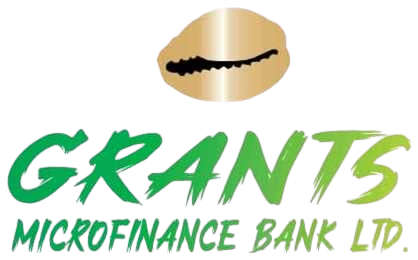Learn: Debt Management
Debt doesn’t have to be a burden. With the right tools and habits, you can take control and find your way to financial freedom.
Understanding Debt
Debt is money borrowed with a promise to repay. It can help you achieve important goals when managed well, but can also become overwhelming if left unchecked.
Common Types of Debt
- Productive Debt: Loans used to invest in businesses, education, or assets.
- Consumer Debt: Short-term loans, credit cards, or overdrafts for personal use.
- Emergency Debt: Loans taken during crisis situations without a plan for repayment.
Managing Debt Effectively
- Track your loans and know your total debt amount
- Pay more than the minimum monthly payment when possible
- Avoid borrowing to repay other loans (debt cycling)
- Talk to your bank about restructuring if repayment becomes difficult
Frequently Asked Questions (FAQs)
What’s the difference between good and bad debt?
Good debt grows your wealth (like business or education loans). Bad debt leads to more spending without long-term gain (like payday loans or impulse borrowing).
How much of my income should go to debt?
Experts recommend keeping debt repayments below 30–35% of your income. Anything above may strain your budget and reduce savings.
Can I take multiple loans?
Yes, but it depends on your income and existing obligations. GRANTS MFB assesses affordability before granting additional loans.
What happens if I miss a loan payment?
Late payments may attract penalties and affect your credit history. Always talk to your bank early if you foresee a delay.
